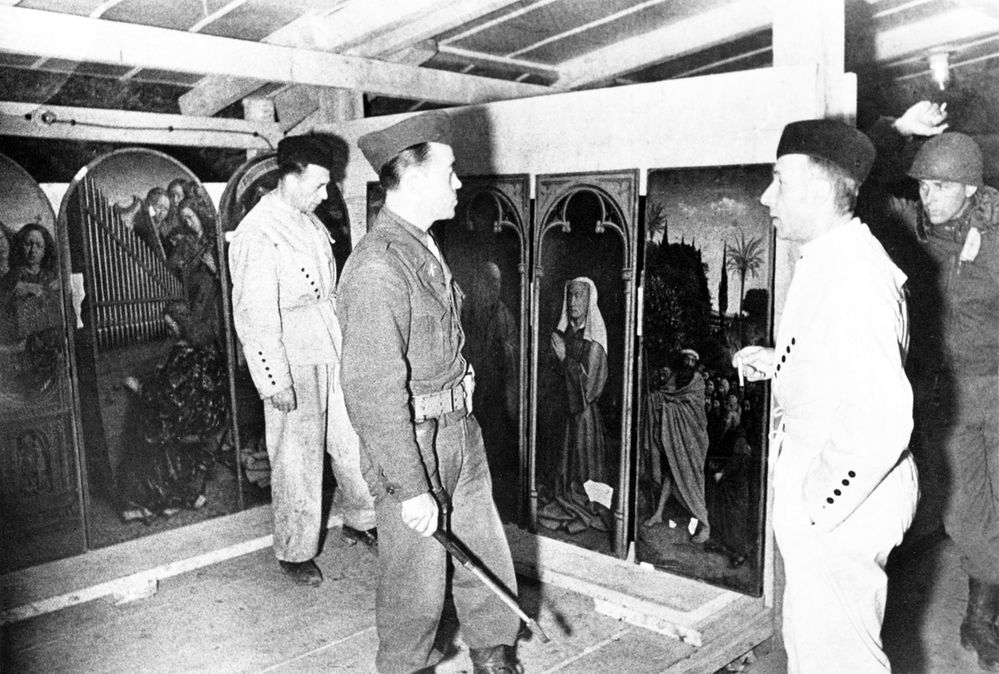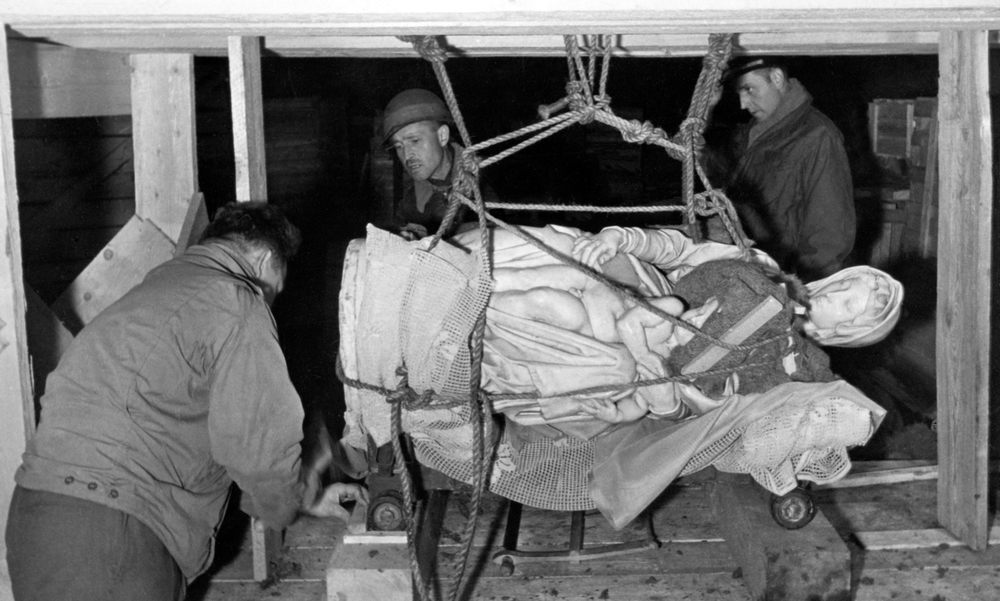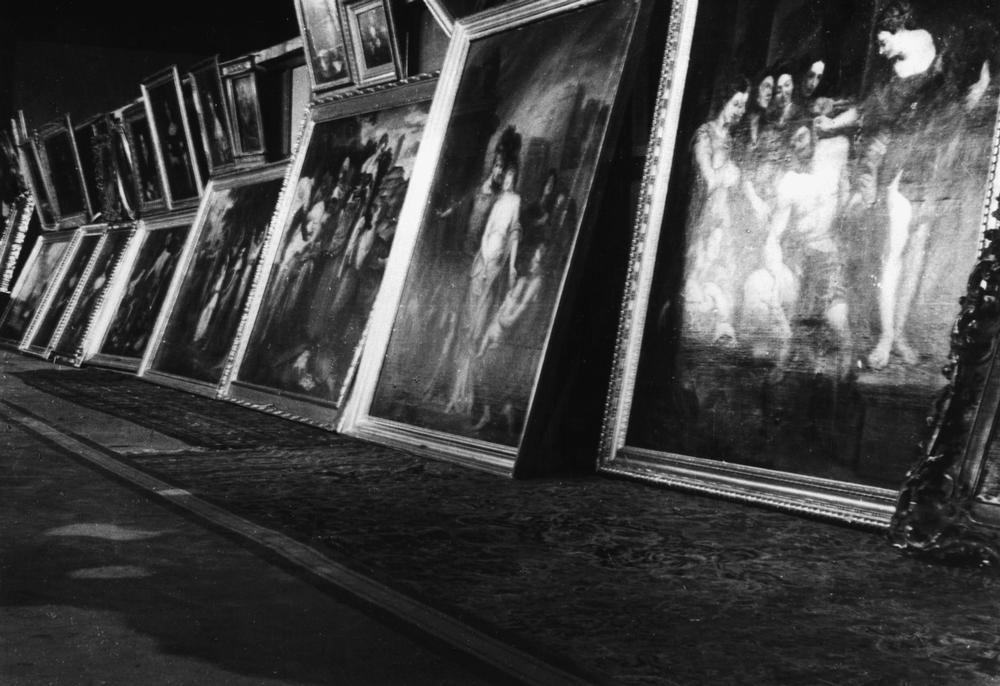"Degenerate Art" and Nazi Plunder
The theft and destruction of art and monuments by Nazi Germany
1 July 2024
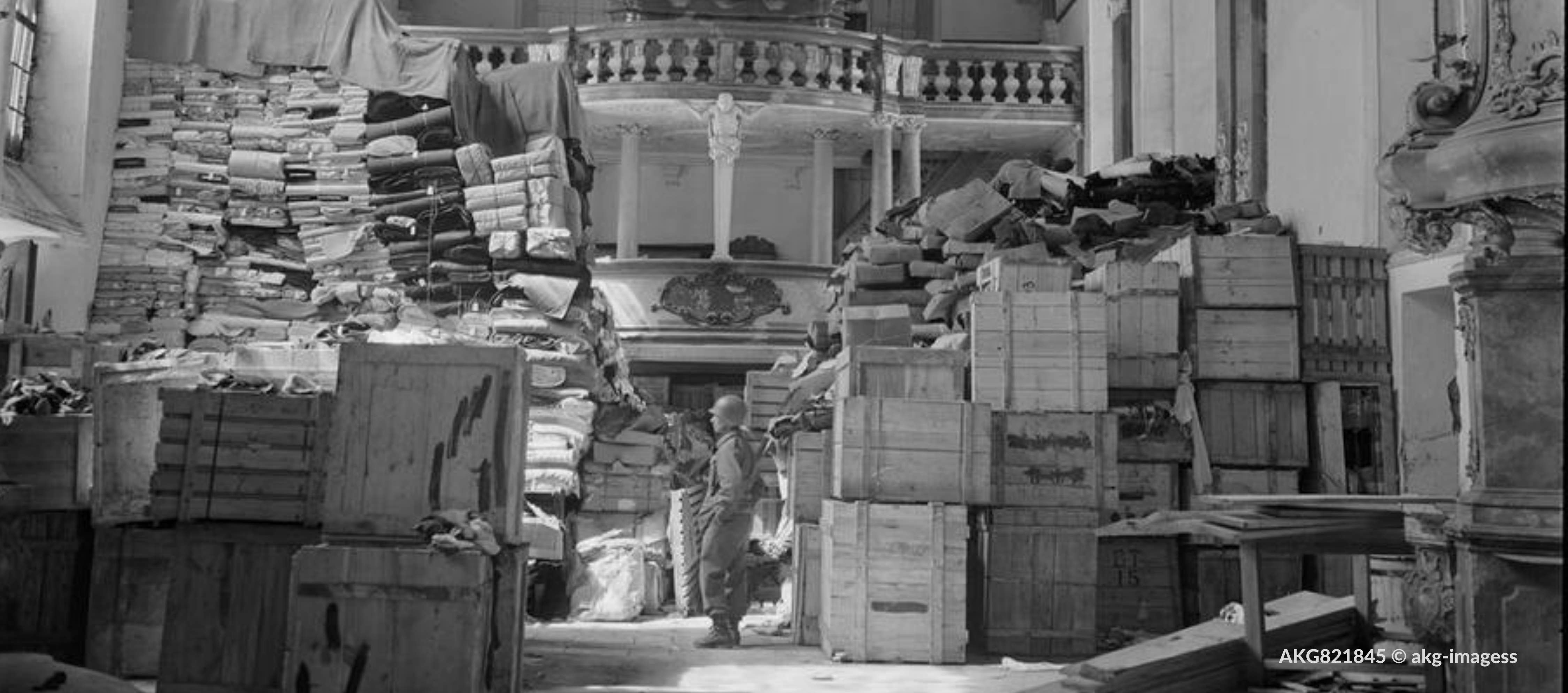.png)
In 1937, German museums were purged of modern art by the Nazis. Around 15,550 works were removed and a selection of these were displayed in Munich in an exhibition titled Entartete Kunst (Degenerate Art). This was a propaganda exercise designed to diminish the art and artists in the eyes of the public, and encourage the mockery of art outside of Nazi-approved styles. Opening on July 19th, 1937, the travelling Degenerate Art exhibition showcased over 650 confiscated paintings, sculptures, graphics and books from German museums, of the maligned Expressionism, Dadaism, Surrealism and New Objectivity art styles. An estimated three million visitors attended the exhibition.
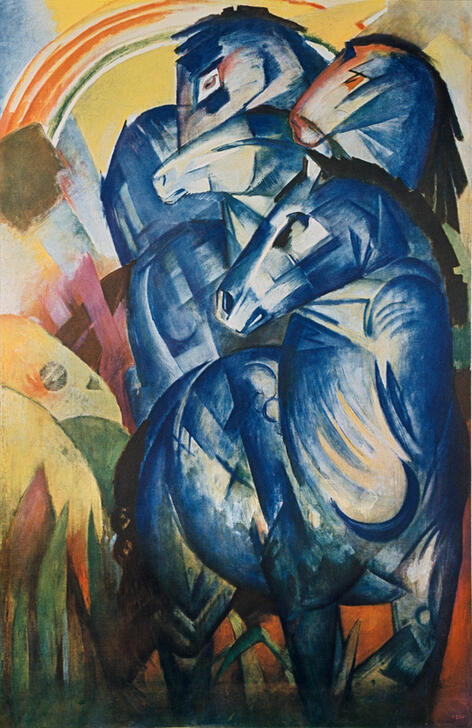
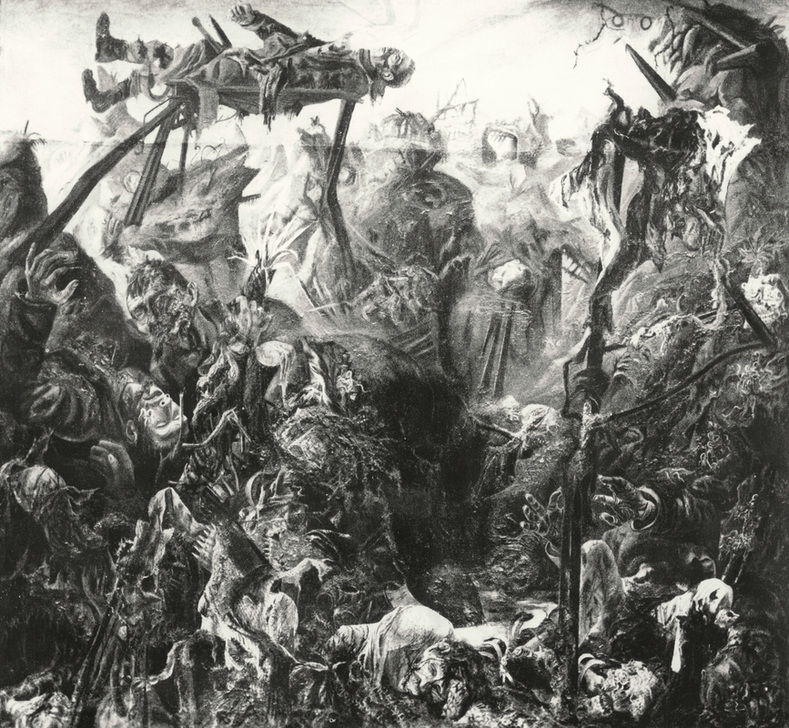

Soon after, an auction of 126 degenerate artworks took place in 1939 at the Fischer Gallerie in Lucerne, Switzerland, to increase revenues for the party. The auctioned paintings by modern masters, many previously purged from German public institutions, included works by van Gogh, Chagall, and Matisse.
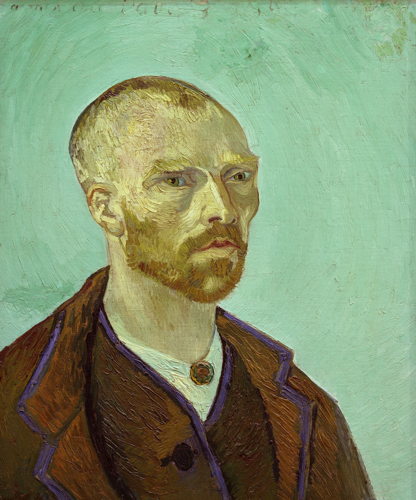 Self-portrait dedicated to Paul Gauguin, 1888. By Vincent van Gogh. From the collection of the estate of Maurice Wertheim, purchased in the Gallery Fischer Degenerate Art Auction in 1939. AKG317000 © akg-images
Self-portrait dedicated to Paul Gauguin, 1888. By Vincent van Gogh. From the collection of the estate of Maurice Wertheim, purchased in the Gallery Fischer Degenerate Art Auction in 1939. AKG317000 © akg-images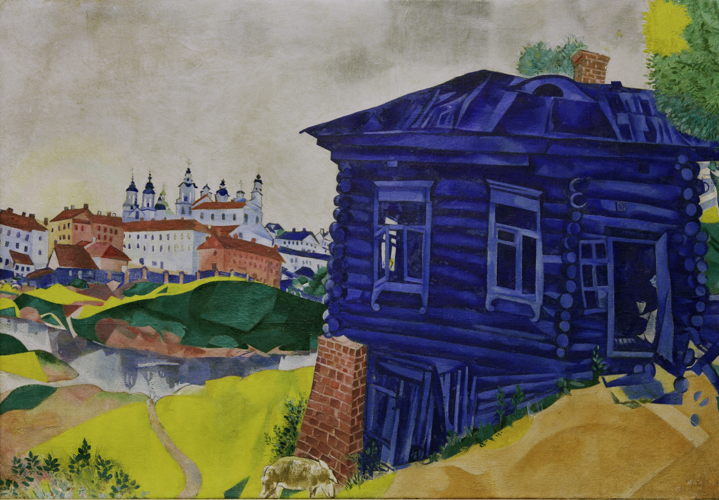 The Blue House, 1920. By Marc Chagall. Part of the Gallery Fischer Degenerate Art Auction in 1939. AKG229086 © akg-images
The Blue House, 1920. By Marc Chagall. Part of the Gallery Fischer Degenerate Art Auction in 1939. AKG229086 © akg-images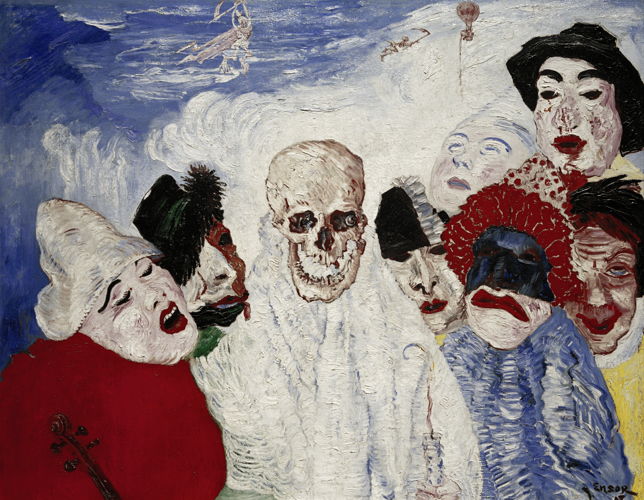 Death and the Masks, 1897. Part of the Gallery Fischer Degenerate Art Auction in 1939. By James Ensor. AKG1042400 © akg-images
Death and the Masks, 1897. Part of the Gallery Fischer Degenerate Art Auction in 1939. By James Ensor. AKG1042400 © akg-imagesAccording to the Nazis, acceptable art included Old Flemish and Dutch masters, medieval and Renaissance German artworks, Italian Renaissance and baroque pieces, eighteenth-century French artworks, and nineteenth-century German realist painters depicting the German Volk (folk) culture.
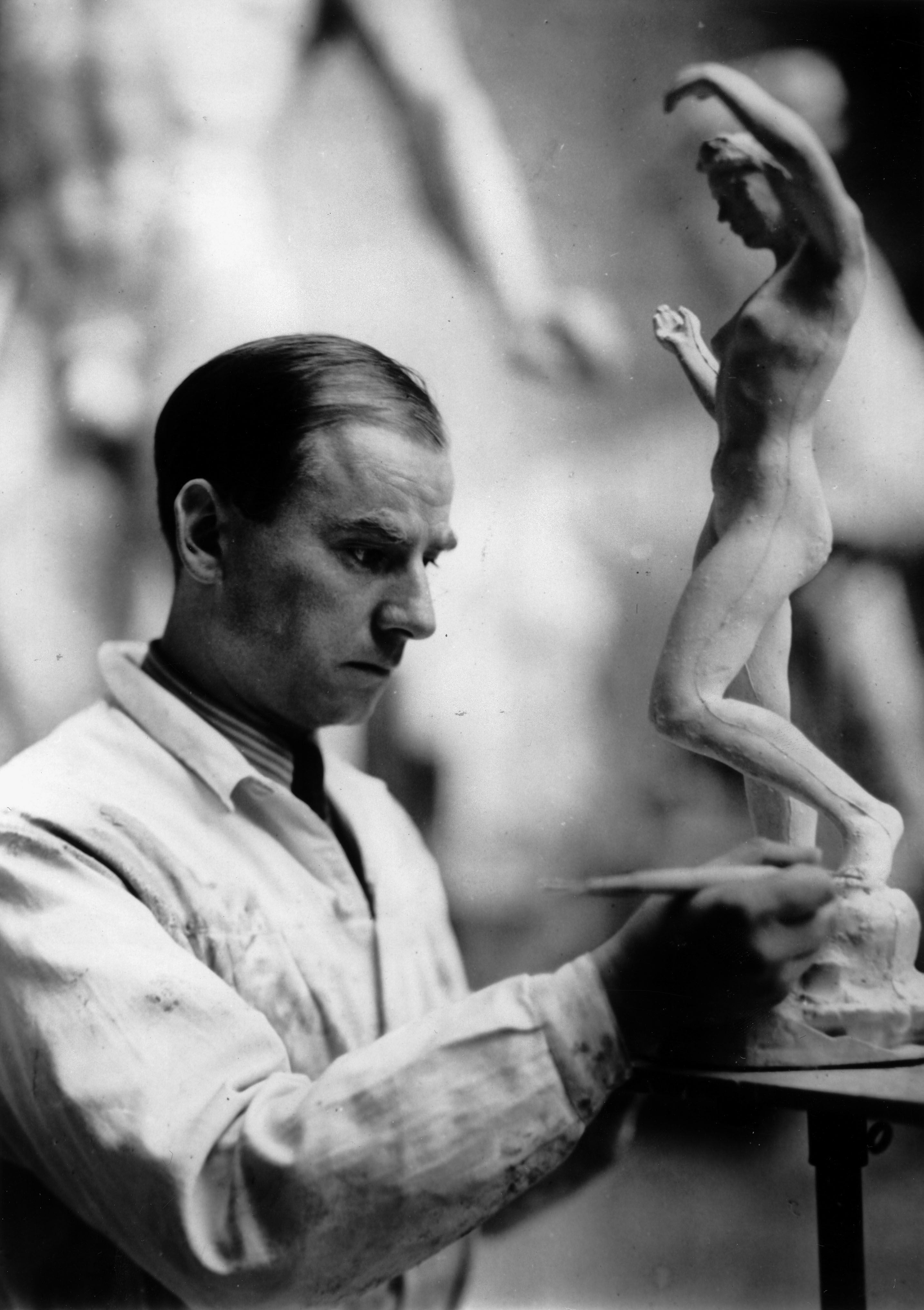
Art looting that was initially driven by ideology became an organized government policy. With Adolf Hitler and Reichsmarschall Hermann Göring both amassing artwork for their personal collections, Nazi officers viewed collecting and giving art as a way to gain status and promotion within the party. Some top Nazis did not adhere to the rules of acceptable art, like Joseph Goebbles, Reich minister for propaganda, who collected artworks by German expressionists, and Foreign Minister Joachim von Ribbentrop, who acquired impressionist paintings by Manet.
Nazi plunder on a mass scale followed (referred to as Raubkunst in German). The organised theft of art and other valuable items occurred as the Nazis swept through European countries, stealing an estimated 650,000 works of art from 1933 to 1945, many from Jewish families who were arrested and then killed during the Holocaust. They also looted under the guise of art protection, known as Kunstschutz units. It was not only art that was stolen. Gold, silver, currency, and significant cultural items including ceramics, books, and religious treasures were also plundered.

The Monuments, Fine Arts, and Archives Section Unit (MFAA), known as the Monuments Men, was established in 1943 by the Allies. Around 400 men and women, both in service and civilians, worked with the military to protect art and monuments from damage during the war, and to locate and return stolen works when the war was over.
